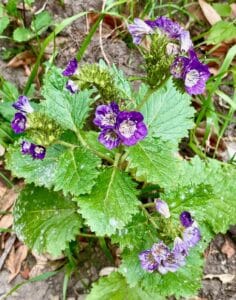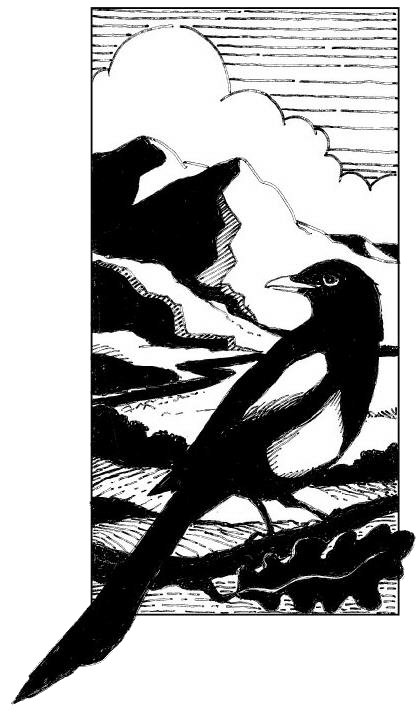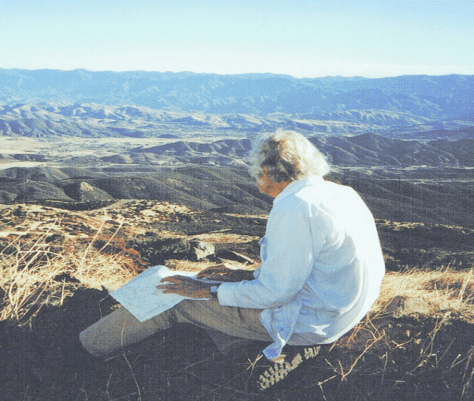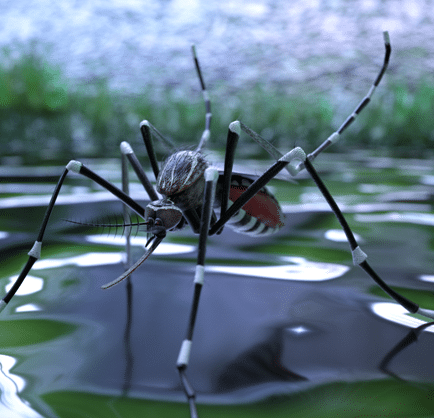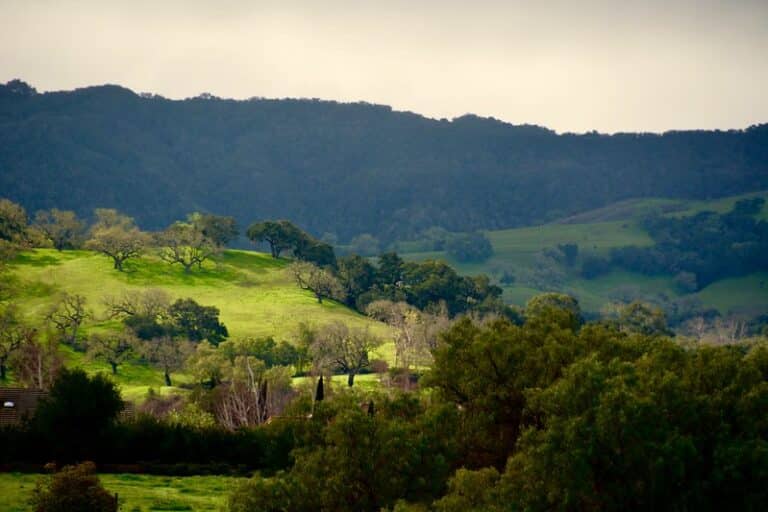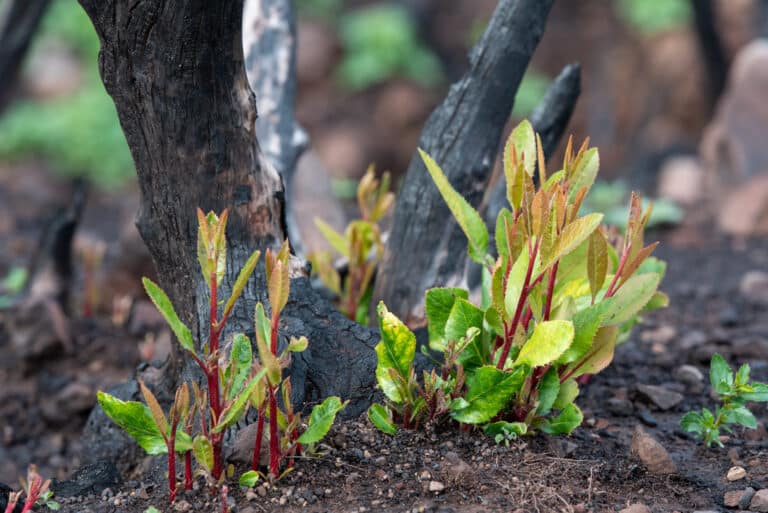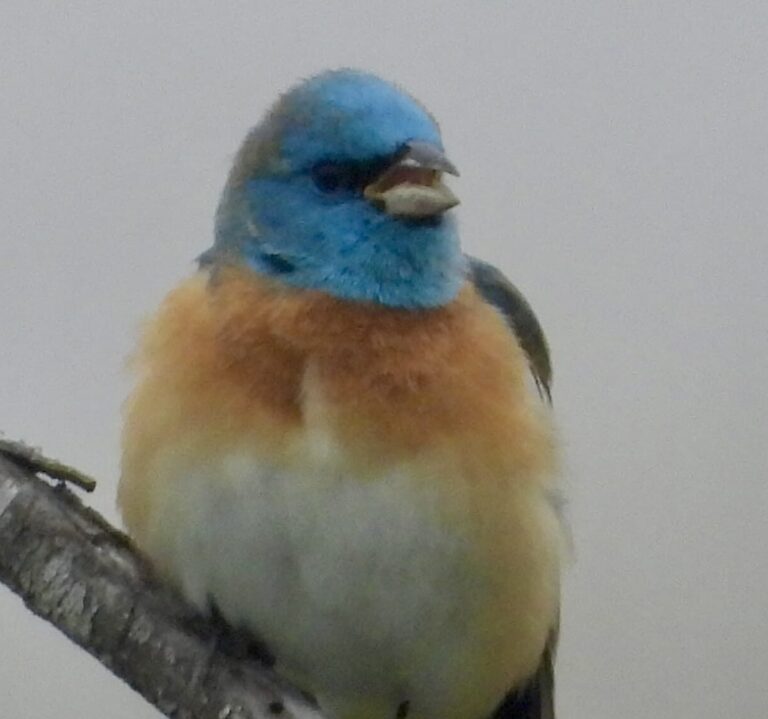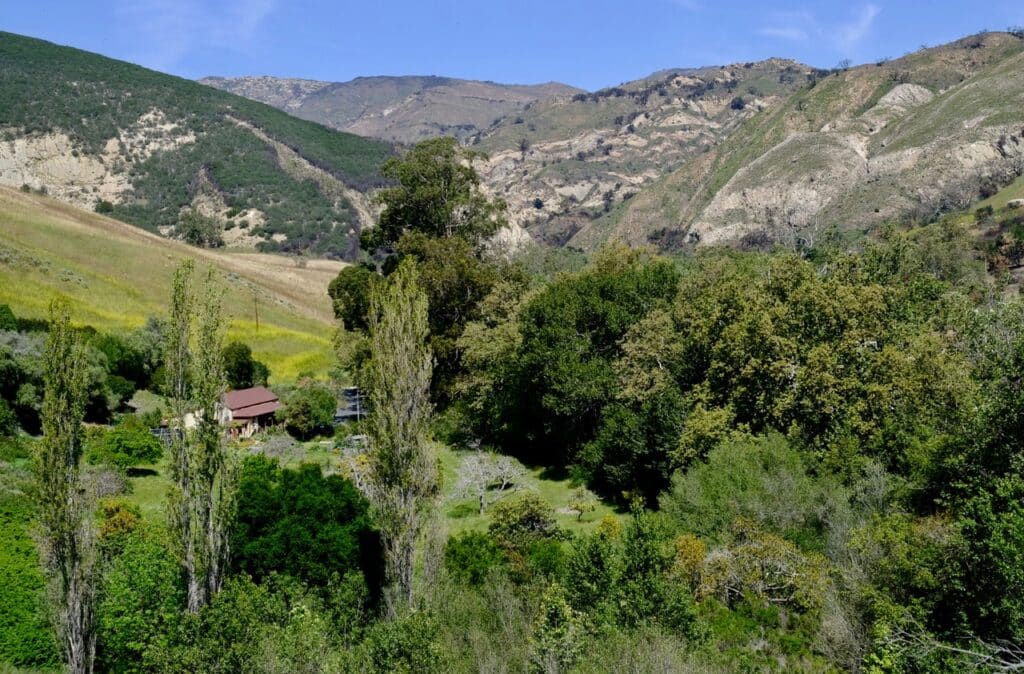
Field Trip with Sabina Thomas
Saturday, April 1, 2023, 9:00 a.m. to 12:00 p.m.
Participation is limited to 20. Advance registration begins at 9:00 a.m. on March 1 for members and on March 22 for nonmembers at syvnhs@syvnature.org or 805/ 693-5683.
Members $15 / Nonmembers $30 / Children $5
Directions and meeting location will be sent to registrants.
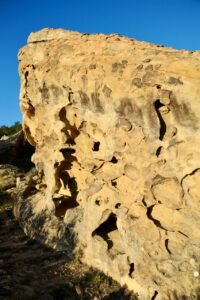
We will hike along Arroyo Hondo Creek towards the mountains. This stream runs north-to-south while our local geologic formations extend west-to-east. This gives us the great opportunity of crossing and studying several geologic formations on our walk. We will start near the barn and follow Arroyo Hondo Creek encountering steeply inclined hard and soft rock formations that get increasingly older with elevation.
Topography as well as vegetation are quite variable and should make this hike interesting. In addition to rocks, we hope to see some wildlife as well as wildflowers. The plants may include fire followers since the area was affected by the Alisal Fire in 2021. Botanists, scat and track readers, and other naturalists are welcome to contribute! This approximately three-mile hike is moderate with some rocky areas. Plan on spending at least three hours, or more if you want to have lunch on the way back.
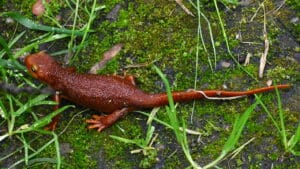
Sabina Thomas grew up in Germany and received her PhD in Geology from the TU Berlin. She moved to Santa Barbara in 2010. In addition to teaching earth-science courses at Santa Barbara City College, she works as a Nature Education Manager at the Santa Barbara Museum of Natural History.
